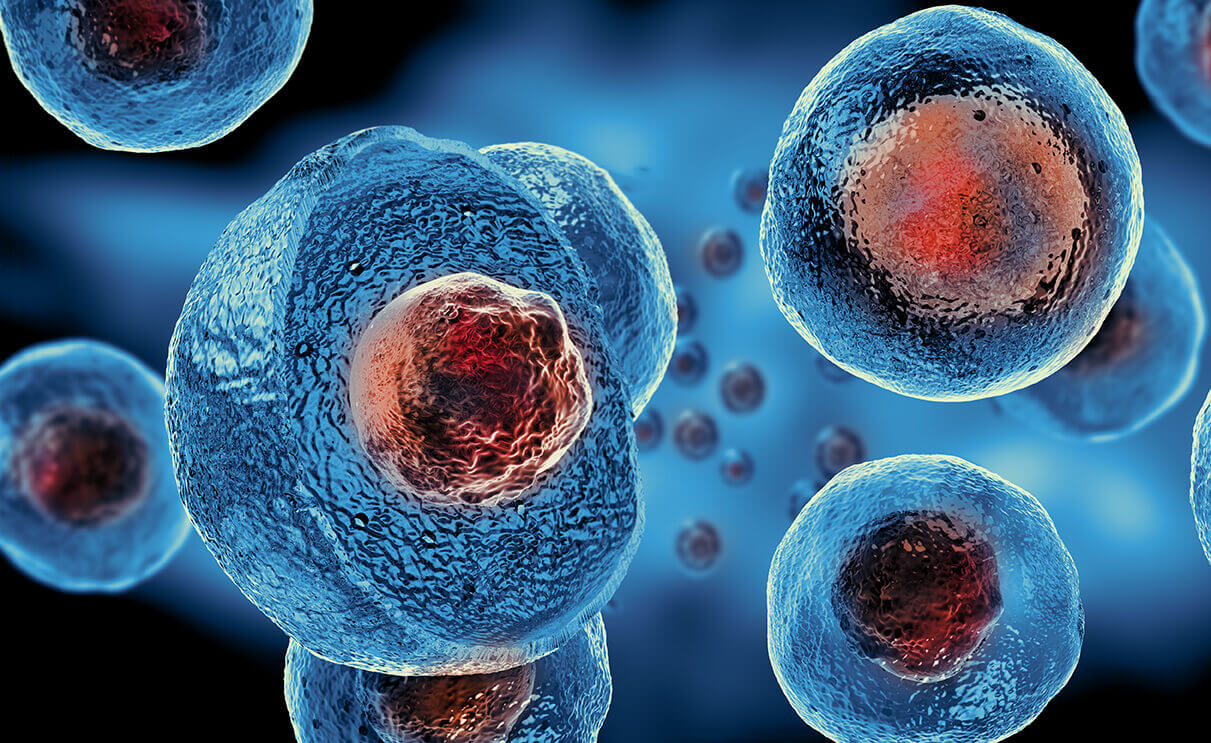 We’re just going to come out and say it … stem cells get a bad rap.
We’re just going to come out and say it … stem cells get a bad rap.
For years now, this revolutionary medical treatment has faced much controversy on whether to use stem cells for research. But what many people don’t realize is not all research uses embryonic stem cells.
Let’s clear the air about stem cells, shall we?
What are Stem Cells?
According to the National Institutes of Health, a stem cell is an organism that can develop into many different types of cells during early life and growth. They also serve as a repair system and can divide to replenish other cells as long as the person or animal is alive. When a stem cell divides, it can either stay a stem cell or become another type of a cell, such as a blood cell or a brain cell. The fantastic thing about stem cells is that, unlike muscle or nerve cells, they are capable of dividing and renewing for long periods of time.
Since stem cells have this ability to regenerate into just about anything, there is much potential for using these cells in treatment. Scientists believe they can be used to treat diseases such as diabetes, repair damaged tissue, and in organs such as the pancreas and heart, can divide under special conditions.
Embryonic vs. Adult Stem Cells
In research, there are two types of stem cells that scientists work with – the controversial embryonic stem cells and somatic or adult stem cells:
- According to NIH, embryonic stem cells come from embryos that have been fertilized in vitro and then donated for research purposes. These cells are NOT from eggs that have been fertilized in a woman’s body but are from embryos that have remained after fertility treatment. Embryonic cells are capable of dividing into more stem cells or change into any cell in the body.
- Adult stem cells are fewer in number and reside in specific areas of many organs and tissues, such as the brain, bone marrow, skeletal muscle, skin, teeth, etc. Unlike embryonic stem cells, adult cells are more limited to change into another cell type.
For some time, researchers thought only adult cells could into similar types of cells. For example, stem cells found in bone marrow could only become blood cells. However, recent evidence does suggest that adult stem cells may be able to change into unrelated types of cells.
How NKJI Stem Cell Therapy Works
At Northeast Knee & Joint Institute, we use a mixture of adult stem cells and its derivatives that have been approved by the FDA. Our physician injects the mixture into the injured area. Once inserted, the cells will release growth factors to help control any inflammatory response and begin to heal the tissue and other cells. Stem cells can also increase the blood flow into the injured area by forming new blood vessels.
Stem cell therapy is fast, safe, and effective. It can help control your pain, reduce inflammation, and repair damaged tissue such as muscles, cartilage, ligaments, and tendons.
If you’re interested in learning more about stem cell therapy, contact Northeast Knee & Joint Institute now for a no-obligation, free consultation today! We are located in Williamsport and now Dallas, PA. Medicare and most major insurances are accepted.
